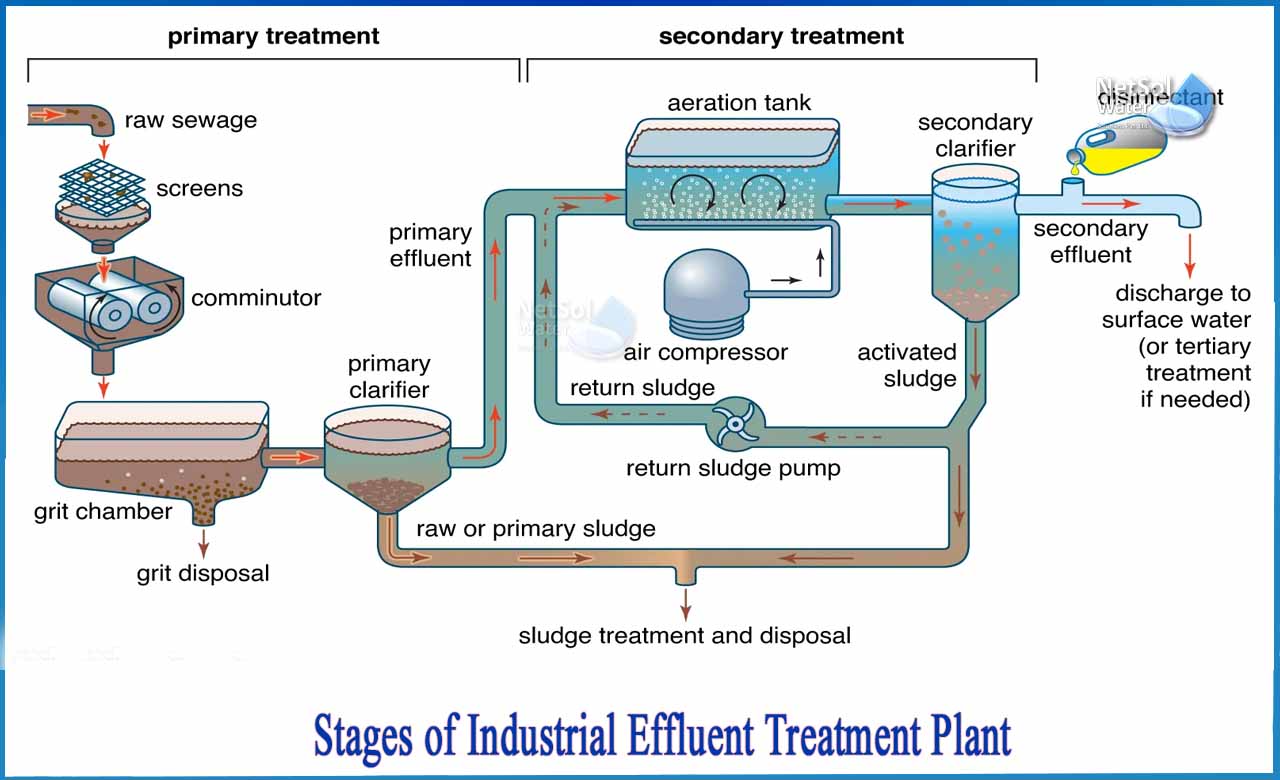Key Methods in Hazardous Waste Water Treatment Procedures
The therapy of commercial wastewater is a crucial element of ecological administration, involving an array of techniques created to minimize the impact of contaminants. Improvements in modern technologies such as membrane layer purification and progressed oxidation procedures offer innovative services for improving treatment effectiveness.
Physical Treatment Techniques
Exactly how successfully can physical therapy techniques attend to the intricacies of industrial wastewater? Physical therapy methods play an essential role in the preliminary stages of wastewater management, focusing largely on the elimination of solids and huge particulates. Methods such as purification, flotation protection, and sedimentation are necessary for lowering the focus of suspended solids, thus enhancing the efficiency of succeeding therapy processes.
Sedimentation involves the gravitational settling of solids, allowing for the splitting up of heavier products from the wastewater. This method is specifically effective in making clear water prior to biological or chemical treatments.
In addition, flotation protection methods, which make use of air bubbles to lift put on hold solids to the surface for removal, work in dealing with wastewater with high concentrations of fats, oils, and greases. In general, physical treatment techniques serve as a crucial primary step in the detailed administration of industrial wastewater, making certain that the tons on subsequent therapy phases is reduced and boosting overall treatment effectiveness.
Chemical Treatment Methods
While physical treatment methods lay the foundation for efficient wastewater management, chemical therapy techniques are essential for resolving the a lot more complex impurities typically found in industrial effluents. These methods make use of various chemical representatives to precipitate, counteract, or oxidize hazardous materials, guaranteeing an extra complete removal of toxins.
One typical strategy is coagulation and flocculation, where chemical coagulants such as aluminum sulfate or ferric chloride are included in advertise the aggregation of put on hold fragments. This process improves solid-liquid splitting up, decreasing turbidity and boosting water quality. Furthermore, neutralization procedures are used to adjust the pH of wastewater, utilizing bases or acids to neutralize acidic or alkaline streams, respectively.
Oxidation-reduction responses play an essential function in derogatory organic contaminants and microorganisms. Chemical oxidants like ozone, chlorine, or hydrogen peroxide are made use of to damage down complex organic compounds, making them less dangerous or more biodegradable. Advanced oxidation processes (AOPs) integrate several oxidation methods to improve contaminant elimination effectiveness.
Organic Therapy Processes
The efficiency of wastewater treatment is considerably enhanced by organic treatment processes, which harness the natural metabolic activities of microorganisms to break down organic matter and remove pollutants. Industrial Waste Water Treatment. These procedures largely entail cardiovascular and anaerobic digestion, each tailored for specific sorts of wastewater
Cardio therapy procedures make use of oxygen to support microbial growth, advertising the failure of natural pollutants right into co2 and water. Typical methods include turned on sludge systems, where oygenation storage tanks facilitate the blending of wastewater with bacteria, and dripping filters, which encourage biofilm growth on media surfaces.
On the other hand, anaerobic treatment procedures happen in the lack of oxygen, using anaerobic bacteria to decay raw material, causing biogas production, a renewable power source. Anaerobic digesters are frequently used in industrial setups for this function, effectively minimizing the read the full info here volume of sludge while creating useful biogas.
The selection of an organic treatment approach depends on wastewater features, treatment objectives, and regulatory requirements. The integration of organic procedures in wastewater treatment not just enhances toxin removal effectiveness yet likewise advertises sustainability by minimizing chemical use and sustaining resource healing.
Advanced Oxidation Processes

Typical AOP techniques include Fenton's reagent, photocatalysis, and ozonation. Fenton's reagent, a mix of hydrogen peroxide and ferrous iron, militarizes the development of hydroxyl radicals, Extra resources making it effective for treating wastewater consisting of phenolic substances and other recalcitrant compounds.
AOPs use numerous advantages, including decreased sludge manufacturing and the capacity to deal with wastewater with high focus of organic pollutants. The implementation of AOPs requires careful consideration of operational parameters and cost-effectiveness, guaranteeing that these sophisticated methods are properly integrated into existing wastewater treatment systems.
Membrane Filtration Technologies

Microfiltration is reliable for getting rid of suspended solids and germs, while ultrafiltration targets smaller sized natural particles and viruses. Nanofiltration bridges the gap between ultrafiltration and reverse osmosis, successfully getting rid of divalent ions and natural compounds. Reverse osmosis offers the highest degree of purification, utilized mostly for desalination and getting rid of mono-valent ions.
Membrane layer modern technologies supply countless benefits, click for info consisting of reduced power intake contrasted to typical treatment approaches, modular design for scalability, and the capacity for water recuperation and reuse. Nonetheless, obstacles such as membrane layer fouling and the demand for normal upkeep should be dealt with to guarantee system effectiveness. Overall, membrane layer filtering innovations represent a vital part of modern industrial wastewater therapy approaches, advertising sustainability and source conservation in water management.
Verdict
In final thought, commercial wastewater treatment utilizes a varied array of methods, consisting of physical, chemical, biological, and advanced approaches. Continued developments in these techniques will additionally boost the efficiency and efficiency of wastewater therapy procedures in commercial settings.
The therapy of commercial wastewater is an important facet of environmental administration, including an array of techniques developed to alleviate the influence of contaminants.How successfully can physical therapy approaches address the complexities of industrial wastewater?Advanced oxidation processes (AOPs) represent a cutting-edge method in industrial wastewater treatment, created to properly weaken natural pollutants that are frequently immune to conventional treatment methods (Industrial Waste Water Treatment).In conclusion, industrial wastewater treatment employs a diverse array of techniques, including physical, chemical, organic, and progressed approaches. Proceeded innovations in these techniques will certainly better boost the performance and efficiency of wastewater treatment processes in industrial setups
Comments on “Industrial Waste Water Treatment-- Cutting-Edge Technologies for Water Filtration”